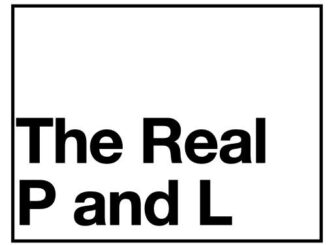Ikigai is a Japanese concept that roughly translates as “the happiness of always being busy.” The authors of the book, Héctor García and Francesc Miralles, realized there were no books bringing this concept to the Western world. A secondary reason for the book was to conduct an investigation of the people of Ogimi, Japan. Ogimi is home to the highest life expectancy in the world – is there a relationship between the two?
This book is summarized perfectly by its subtitle “The Japanese Secret to a Long and Happy Life.” I’m going to divide up this book by how to live a long life and how to live a happy life. Both go hand and hand, but I think there are key concepts in the book relating to longevity and fulfillment.
Longevity
I have 3 key takeaways on how to live a long life:
1. Eat until you are 80% full
2. Keep moving
3. Interact with the people you love on a daily basis
There is a saying in Japan, “Hara hachi bu”, which roughly translates to “Fill your belly to 80 percent.” Rather than overeating, the Japanese stop short. Overeating causes a longer digestive process that “accelerates cellular oxidation.” Stopping short of feeling stuffed helps keep our body humming along instead of putting it into overdrive to break down additional food. A car can go 120 mph, but that doesn’t mean you should drive that fast all the time. I know this is a concept I haven’t been living by and is something I’m looking to implement going forward.
The authors had access to some of the longest-living people in the world. There were many commonalities, but a very simple one is to keep moving. Most people in Ogimi would get up early and go for a walk or tend to their garden. Then they would walk to a friend’s house for a mid-morning tea. The simple task of tending to a garden can do wonders. Bringing us back to Newtown Laws, “A body in motion stays in motion…”.
Everyone in Ogimi belonged to a moai. A moai is “an informal group of people with common interests who look out for one another.” Having these close connections is what keeps these people going. The members of their moai rely on them, but in turn they have people to lean on. More importantly, there is a sense of community that is formed with common interests. I like being with my friends at 24, so why wouldn’t I like being with my friends at 84? They bring me great joy now and I expect that to continue for the rest of my life.
Fulfillment
Ask yourself the following four questions:
- What are you good at?
- What do you love?
- What does the world need?
- What can you be paid for?
Below, there is a nice graphic to help identify your ikigai. What is something that fulfills all 4 of those questions for you?
Seeing this chart is an extremely helpful way for me to identify the direction I want to take my life. It hits on four key pillars that can be hard to satisfy for most. I think a reason why they are hard to satisfy is due to not enough people taking the time to answer these questions themselves and take them to heart. If you don’t know the answers, we won’t know how to make the most of our lives.
Deep down, most know the answers to these questions. This provides a visual guide smacking us in the face with what we already know. Who doesn’t want to live a life doing what we love, which is something we are good at, that helps others, and we get paid for?! Seems like a no brainer to me. It sounds good on paper, but executing on it is another story. That is something I’m actively working towards.
Peace and Love.
